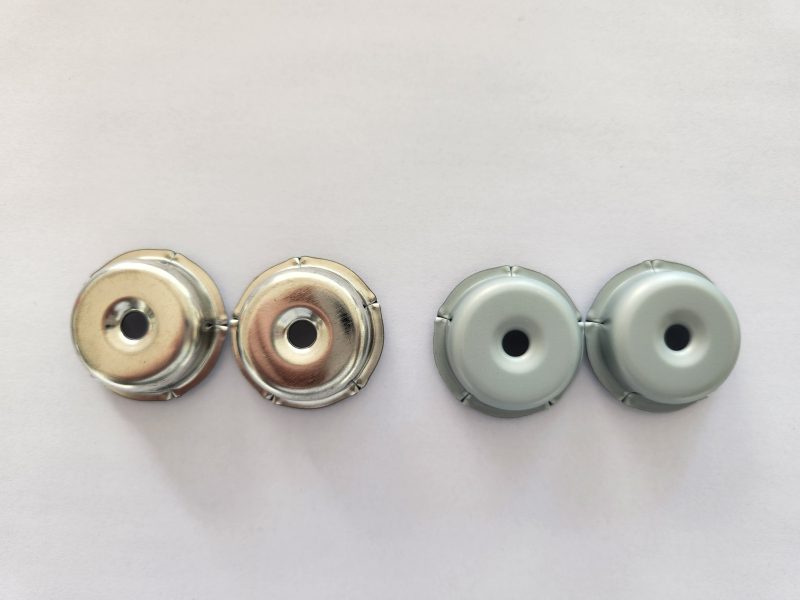
Keep Paint Can Gaskets Safe: Why Open Flames Must Stay Away
Paint can gaskets are essential for maintaining airtight seals, but exposing them to open flames or high heat poses serious risks. Flammable vapors, material degradation, and safety hazards make it critical to follow proper precautions. Here’s what you need to know.
The Hidden Dangers of Flames Near Paint Cans
Even small sparks or proximity to heat sources can ignite vapors released by paint, especially solvent-based formulas. Gaskets, often made of rubber or synthetic materials, can melt or warp under extreme temperatures, compromising their sealing ability. This creates dual risks: fire hazards and product spoilage.
Common Scenarios Where Flames Pose a Threat
- Workshops with Open Fires: Using torches, welding equipment, or even candles near paint storage areas increases ignition risks.
- Outdoor Projects Near Grills or Campfires: Fumes can travel, and heat from these sources may affect nearby cans.
- Improper Disposal of Rags: Oily rags used for cleaning paint tools can spontaneously combust if left near heat or flames.
Essential Precautions to Prevent Accidents
1. Maintain a Safe Distance from Heat Sources
Store paint cans at least 20 feet away from open flames, heaters, or electrical equipment that generates sparks. This buffer zone reduces the chance of vapors igniting or gaskets degrading. In workshops, designate a separate, well-ventilated area for paint storage.
2. Work in Well-Ventilated Spaces
Proper airflow disperses flammable vapors, lowering concentration levels. Open windows or use exhaust fans when using paint indoors. Avoid working in enclosed areas like basements or garages without ventilation, especially if heat sources are present.
3. Store Paint in Cool, Dry Environments
High temperatures accelerate vapor release and soften gasket materials. Keep cans in shaded areas or climate-controlled spaces to minimize heat exposure. Never leave paint cans in vehicles on sunny days, as internal temperatures can soar dangerously high.
4. Handle Flammable Materials with Care
If using solvent-based paints, keep containers closed when not in use to limit vapor escape. Dispose of used rags in metal containers filled with water to prevent combustion. Always extinguish cigarettes or matches completely before approaching paint storage zones.
Additional Safety Measures
- Check for Leaks Regularly: Damaged gaskets may release vapors silently. Inspect cans for cracks or loose lids before storing them near potential heat sources.
- Use Non-Sparking Tools: When opening or closing cans, opt for tools made of brass or plastic to avoid sparks.
- Install Smoke Detectors: Place detectors near storage areas to provide early warning in case of accidental ignition.
By prioritizing these practices, you’ll protect both your workspace and the integrity of paint can gaskets. Flame safety isn’t just about avoiding fires—it’s about preserving usable supplies and ensuring a secure environment for every project.
